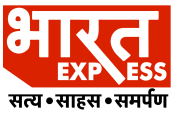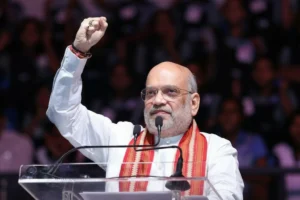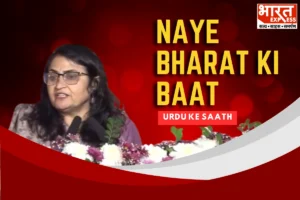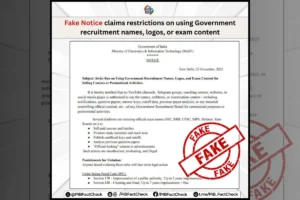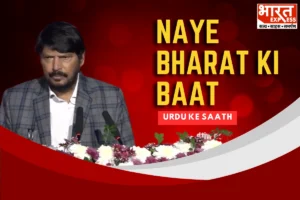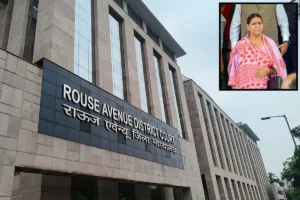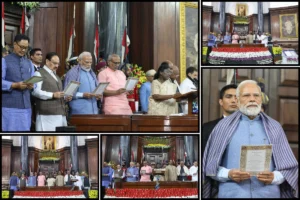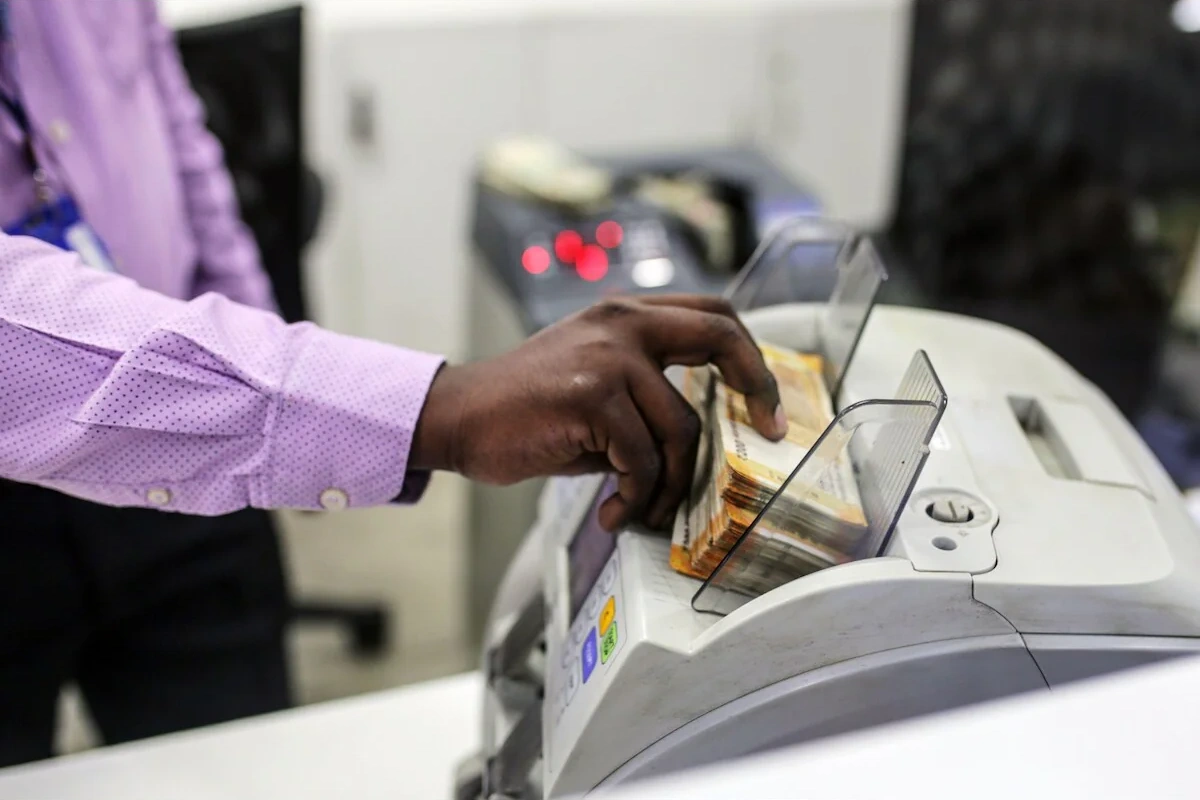
India introduced the Direct Benefit Transfer (DBT) system in 2013 and scaled it aggressively after 2014, redefining welfare delivery across the nation.
A new report by Bluecraft Analytics, covering 15 years of welfare data (2009–2024), offers compelling insights into how DBT transformed India’s subsidy-heavy, leakage-prone system into a streamlined, technology-driven welfare mechanism.
Massive Savings & Leakages Plugged
DBT has generated cumulative savings of ₹3.48 lakh crore by cutting leakages and curbing misuse.
Aadhaar-linked authentication enabled these savings by eliminating ghost beneficiaries from welfare rolls.
Notably, food subsidies alone accounted for ₹1.85 lakh crore, 53% of the total savings.
Other flagship programs like MGNREGS and PM-KISAN also showed strong outcomes, with timely payments and reduced waste.
For instance, MGNREGS achieved a 98% on-time wage transfer rate, while PM-KISAN saved ₹22,106 crore.
Expansion Of Welfare With Fiscal Prudence
Despite a near quadrupling of India’s welfare budget from ₹2.1 lakh crore in 2009–10 to ₹8.5 lakh crore in 2023–24, DBT has ensured more with less.
The share of subsidies in the overall budget has declined from 16% to 9%, demonstrating the system’s ability to optimise resource use.
Yet, the number of beneficiaries has grown from 11 crore to a staggering 176 crore, highlighting how DBT has enabled wider coverage without proportional expenditure increases.
Welfare Efficiency Index Soars
The report introduces the Welfare Efficiency Index (WEI), which jumped from 0.32 in 2014 to 0.91 in 2023, signifying robust improvements in delivery efficiency.
This evolution illustrates how digitisation, transparency, and targeted transfers can transform governance while enhancing citizen welfare.
As India charts its path towards the ‘Viksit Bharat 2047’ vision, DBT is poised to play a critical role.
The reallocation of savings toward healthcare (Ayushman Bharat), agriculture (PM-KISAN), and employment (MGNREGS) reinforces its alignment with sustainable development goals.
However, challenges remain- rural connectivity gaps, exclusion risks, and digital fraud require ongoing innovation.
The report urges the government to prioritise AI-driven fraud detection, strengthen last-mile banking access, and enhance grievance redressal mechanisms to ensure no one is left behind.
In conclusion, DBT has set a global benchmark for inclusive, efficient, and technology-powered welfare delivery, offering a blueprint for future-ready governance.
Also Read: APSEZ Acquires 50 MTPA Capacity NQXT Australia; Accelerating Path To 1 Billion Tonnes PA By 2030
To read more such news, download Bharat Express news apps
